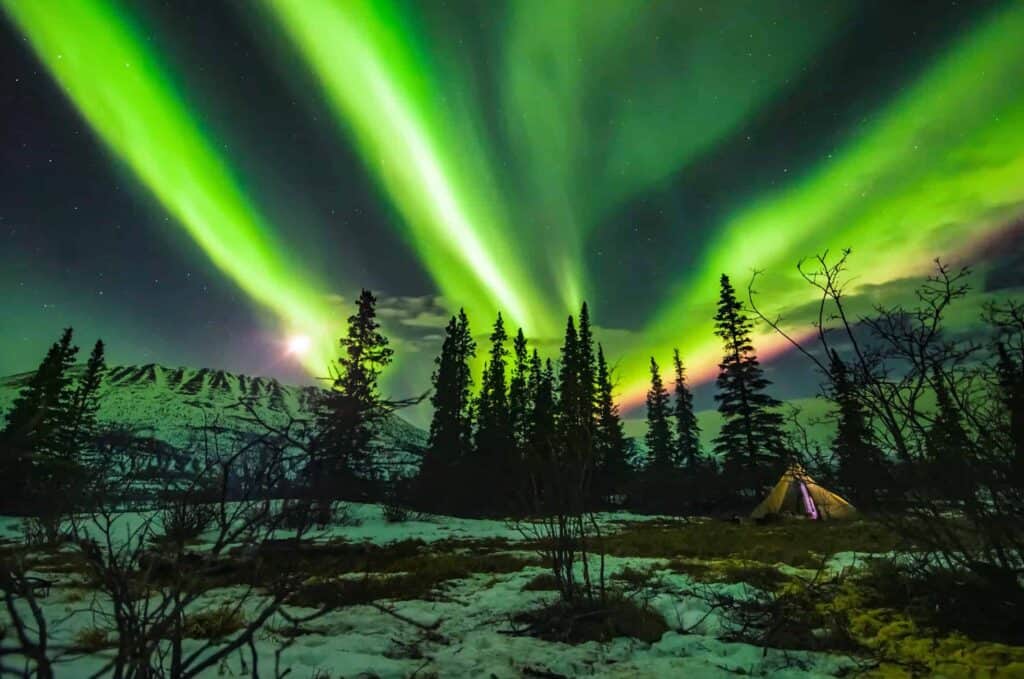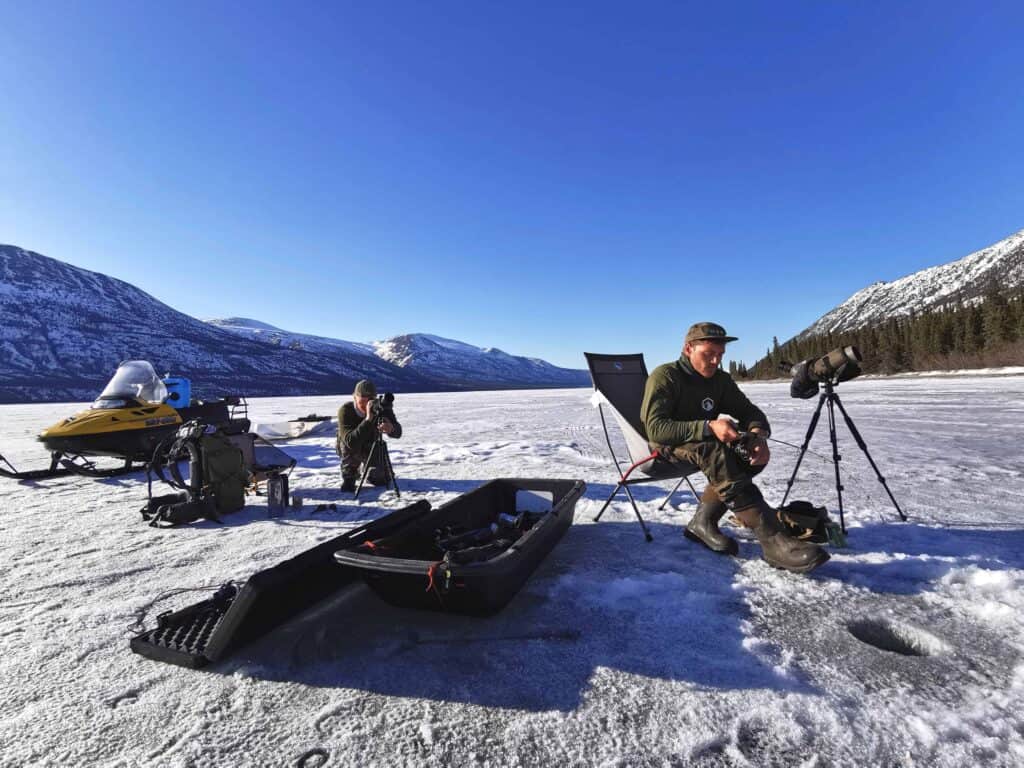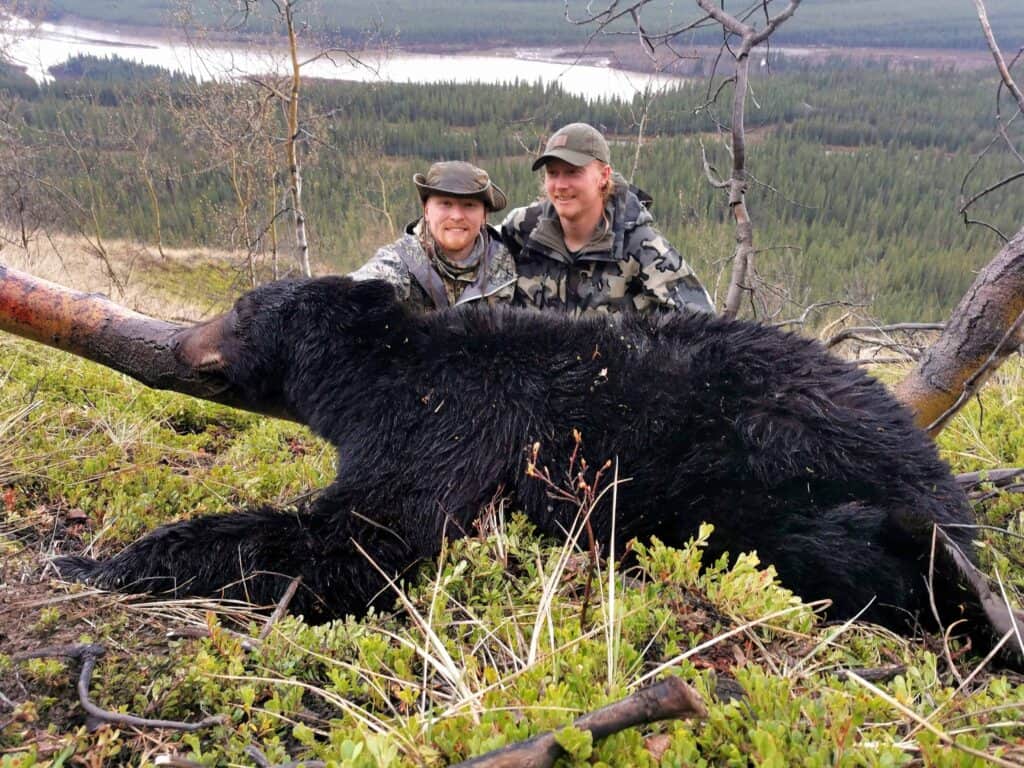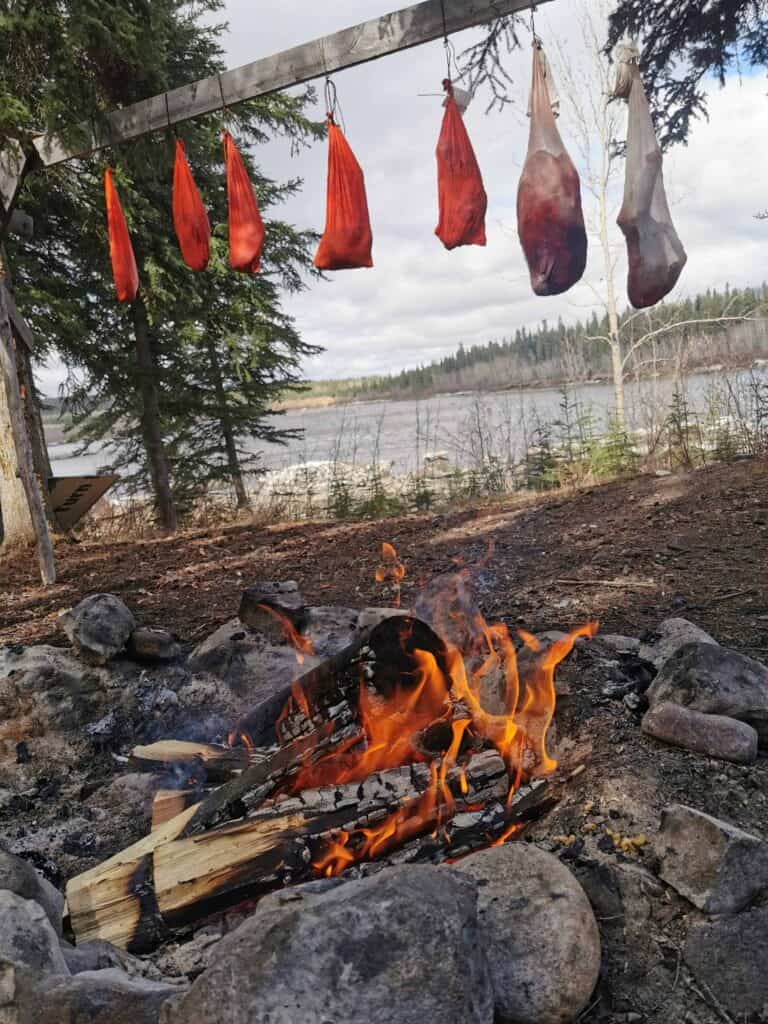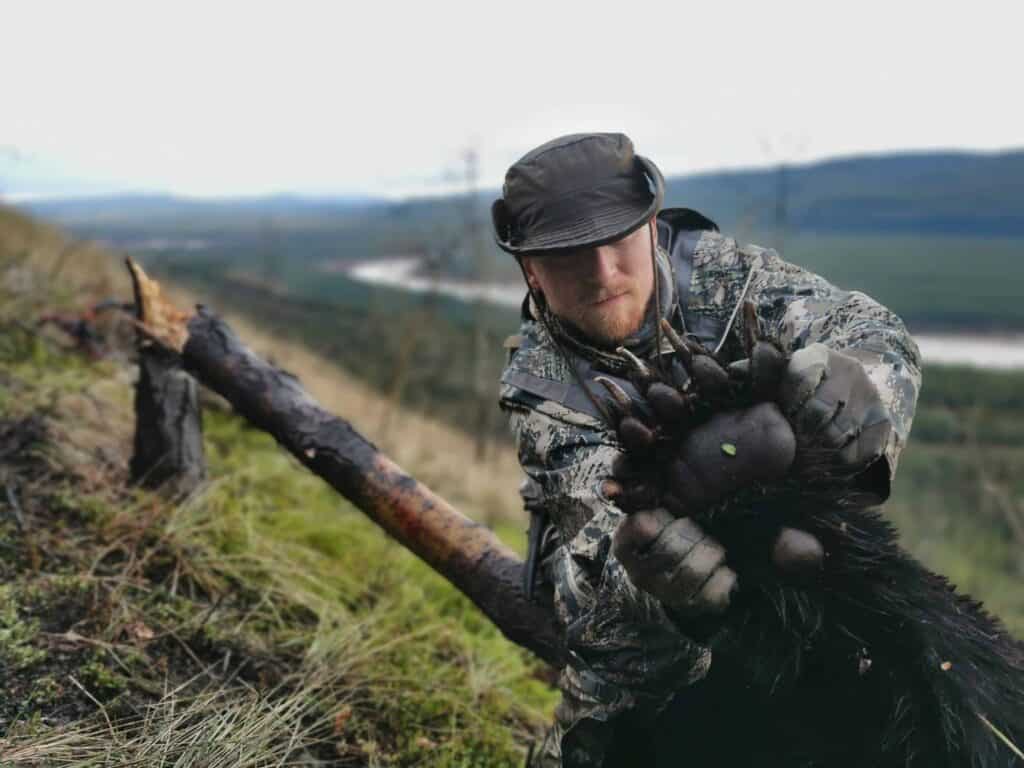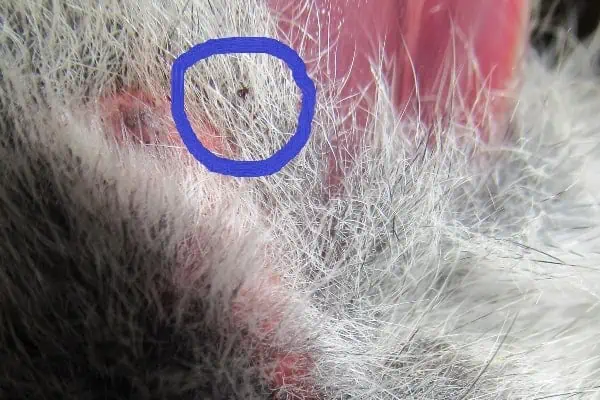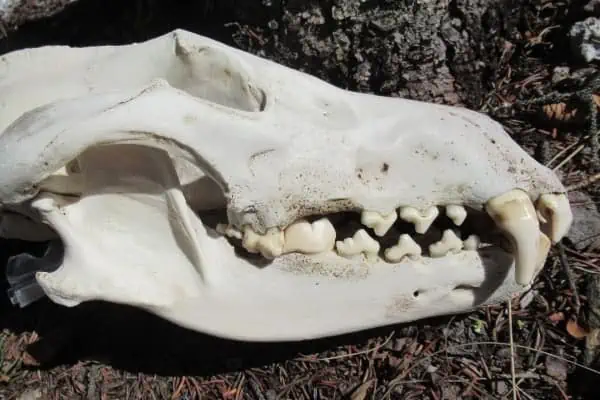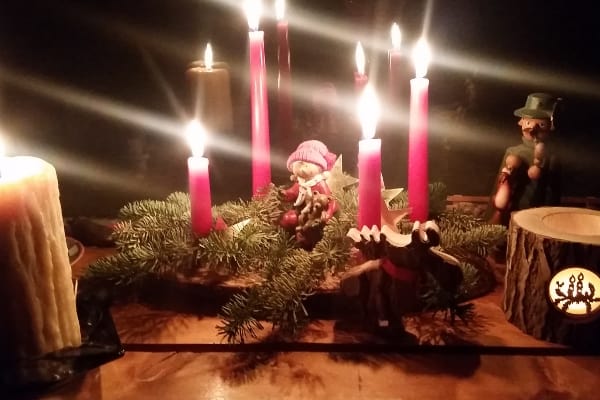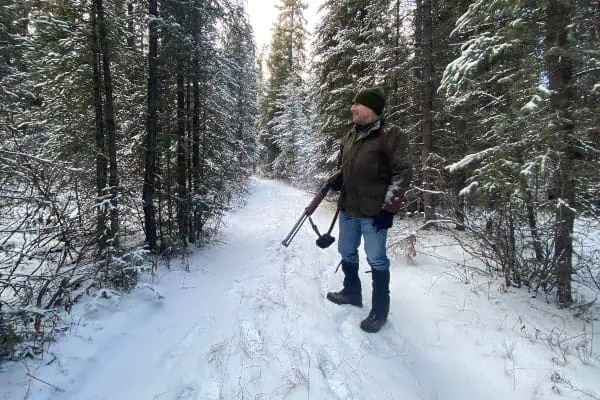In the world of big-game hunting, black bear meat is easily one of the best tasting and most under-appreciated cuts of wild game there is. In addition to how great the meat tastes, the timing of the spring bear hunt
in the Yukon is perfect for people who have been cooking their game meat all winter and are now in need of a fresh supply. Every year, as the amount of meat in the freezer begins to drop and the temperatures outside begin to rise, there is only one thing on our minds: the start of spring bear season.
April 15 is the official first day of the spring bear hunt here in the Yukon, and it goes until mid June. While it is difficult to find bears out of their dens in the first few weeks of the hunt, we always make an effort to get out in April because of how unique the experience is. Glassing snow-covered hills in hopes of turning up an early-season bruin, all the while jigging for lake
trout and burbot, is any hunter’s or angler’s dream. With the northern sun now favouring the daylight hours, and the temperatures steadily on the rise, there are days where we spend the majority of our time in T shirts—sometimes even running out of sunscreen. Getting a sunburn while standing on over a metre of solid ice feels rather paradoxical.
On April 17 of 2019 I set out on the ice, with my good friend and hunting partner Steve Hossack, to check out a new area and to hunt bears. Steve was properly equipped with his cross-country skis, while I roughed it with my old splitboard. Not ideal, but it beat walking. Each of us pulled skimmers that contained our camping and ice-fishing gear, our hunting supplies and a few days worth of food. We pulled an extra skimmer that was empty, in case the hunt was successful. After several hours of skiing up the lake, we found a nice area to set up the tents.
The following morning, we got up early and were treated to some great fishing. It’s always exciting when a new area produces. We managed to hook into one lake trout and several
burbot, all before breakfast. Once the fish were cleaned, we made our way back up to camp where we got a fire going and cooked them up. With full bellies and a fresh pot of coffee on, it was time to get busy on the glass. The fire warmed our feet, and the sun began to peak over the mountaintop while we worked our binos and spotting scopes from the comfort of our camp chairs.
At 11 a.m. I noticed Steve’s body language begin to change as he rustled in his chair and leaned forward into his spotting scope. Curious and intrigued, I did my best to point my binos in the direction where I thought he was glassing. I didn’t turn anything up. A few moments later, Steve piped up, “There’s a grizz on that hill.”
Just minutes later, the bear, who was a good three-plus kilometres away from us at the time, offered us a much better look as he turned broadside.
“Steve … I think … that’s a black bear.”
After taking the time to watch the animal for a solid hour, we confirmed that not only were we looking at a black bear, but it was one of the biggest black bears either of us had ever seen. Even from far away we could see the fat from his hind quarters jiggle as he walked, marching forward with broad shoulders and thick forearms. Characteristics of a big healthy boar. While we watched him, we discussed strategies as to how we could close the gap on this bear while he was on the move. The deeply packed snow on the hillside, the thick patches of trees and alders, and the short and limited sight lines and shooting lanes were all working against us to make this stalk a very difficult one.
After much discussion, Steve and I decided to bet on the fact that this bear was going to indeed behave like a bear and eventually get lazy, come the afternoon. If he bedded down for a nap, it would buy us the time we needed to stalk him to shooting range. Much to our delight, the bruin began to slow down around 12:30 and proceeded to bed down on the hillside. We wasted no time and got our day packs ready, then began the three-kilometre trek across the ice and up the mountain.
You never really expect things to come together on the first day of a hunting trip. As we walked across the ice, it felt too good to be true. Not only did we find the boar we were looking for, but we might have just found the bear of a lifetime. Allowing our excitement and emotions to get the best of us, we made the hasty decision to go straight up the mountain and at the animal, fearing that a longer approach would give him time to wake up and take off again.
We inched our way up the hill, as quietly as possible, postholing with every step and doing our best not to snap any small trees or branches. After a few hours, we closed the gap and made it to the open area where we thought he was bedded down. Unfortunately, the bruin was one step ahead of us. We saw movement up high and to our right, and we quickly spun around and spotted the bear. He was staring straight at us. Busted.
With Steve set up as our shooter, I hauled out my range finder to confirm the distance—480 yards and straight uphill. Before we could even think about getting set up properly to consider an ethical shot, the bear took off and disappeared up the mountain, never to be seen again … or so we thought. Exactly one year later, Steve and I set out to hunt that same area, but this time with the help our other good buddy and hunting partner, Rory Allan. This time we set out for a full 10 days and enlisted Steve’s snow machine to help us haul gear and everything we needed to stay comfortable on the ice. We knew full well that the probability of spotting that same big bear, two years in a row, was going to be low, but dumb ambition and the promise of an epic 10-day trip
pushed us to give it a try anyway.
On our very first night we were treated to the most-intense northern lights show that any of us had ever seen. Green, pink and multicoloured bands filled the sky, for the entire night, and foiled any plans we had of getting to bed early. Well worth it. We marvelled at the light show all night, and we didn’t crawl into the tipi until things let up, just before sunrise.
The first four days of this trip were slow on the glass, but the fishing kept our spirits high. Each day’s fresh catch brought about a taste of the land and a new dish to cook up around the campfire later that night. As the weather got up into the double digits, later that week, we spotted our first female grizzly and cubs high up in the alpine. Rory later spotted our first black bear of the trip, but it wasn’t the bear we were looking for.
On day 8 of the trip, I headed over to our glassing spot, alone, while Rory and Steve cooked supper. Just as I dropped my spotting scope down onto the same hillside where we had spotted the big bear, the year before, my jaw nearly hit the floor. There he was … standing within 10 feet of where Steve had picked him up the year prior. I nearly knocked my spotting scope over as I stood up and sprinted back to tell Rory and Steve what I had seen. We watched the bear for a while, discussed our game plan and then set out to see if we could outsmart him
this time.
For fear of making the same mistake twice, this time we swung wide and climbed way up above where we had spotted the animal. We decided that if we dropped down on him, we could play the sun better and give ourselves the best chance at finding a clear shooting lane.
To our surprise, the plan worked out perfectly. Once we worked our way through the brush and side-hilled across a thawing creek, we dropped in, right overtop of the bear.
Despite the fact that we had done so well to stay composed, up until that point, we made the mistake of using my old range finder without proper built-in angle compensation to get our yardage. It read 330 yards, but the shot was straight downhill and we failed to properly factor this into the equation. With the bear completely oblivious to our presence, we could have easily closed the gap another 100–200 yards, but we panicked and tried to get a shot off. Unfortunately for us, the shot missed the bear completely. We watched as the bear of a lifetime ran off, now for the second year in a row. Heartbreaking. We spent three hours following his tracks and searching for the smallest droplets of blood, in case we wounded him, but we didn’t turn up anything. A clean miss.
Hunting bears by canoe in late May and early June is a completely different experience than doing it on the ice a month earlier. By May 15 of 2021, our freezers were now in a meat crisis and our thirst for bear meat was also at an all-time high. Steve, Rory and I packed my freighted canoe and set out on the Yukon River to try our luck again.
This time we would find success, and after passing on three bears, earlier that day, we finally found a shooter that was within stalking range. We tied up the canoe and began to hike up the steep embankment. Within an hour, we stalked the bear to 20 yards, and this time we managed to get a clean shot off. Down he went. We made quick work of the butchering and packed the boar back down the hillside to the canoe, smiling with each step, knowing that this time we were going home with full packs. That night, we set up a homemade smoke shack, to keep the bugs off the meat, and enjoyed some fresh bear steaks around the campfire.
We are incredibly privileged to have the opportunity to hunt bears in such a pristine and wild part of the world. The thrill of getting up close and personal with these magnificent and cunning animals is something I will never take for granted. Contrary to what I was told while growing up on the East Coast, bear meat is absolutely delicious and easily one of my favourite things to work with in the kitchen. Any time I prepare bear burgers for someone who has never had bear meat, I always enjoy seeing the surprised look on their face as they have their first few bites and come to the same realization that I did, years ago, about the compelling quality.
If I could offer one piece of advice to any hunter looking to get into bear hunting for the first time, it would be to stay patient and try to harvest male bears. Oftentimes it can be easy to mistake a big mature female for a boar, but making sure you watch the bear long enough to make sure it isn’t a wet sow (sow with cubs) is absolutely necessary. Also, cooking your bear meat to an internal temperature of 165℉ will eliminate any risk of getting trichinosis while still allowing you to keep your meat nice and tender. Keep that thermometer
handy!
As for the one that got away … Steve and I still find ourselves getting caught up discussing what might have happened to him. Thinking back to that day (and how we let our emotions impact our decision making) has been the topic of much debate and has led us to re-frame the way we approach every stalk. Unbeknownst to him, that giant black bear taught us a valuable
lesson about the importance of staying cool in stressful situations—and of the power that comes from channelling your emotions to achieve desirable outcomes. Valuable lessons for any hunting scenario and also for when we’re back at home, grinding out our day to day.
Although it’s been a year and a half since we last laid eyes on the giant, we’d like to think that he’s still out there. We hope that in our time apart he has enjoyed fattening up on the berries and shrubs, right there in the mountain block that he calls home, and that he has been lucky enough to find a mate and pass on his strong genes. If we are fated to meet again, during the hunting season, we will be sure to put our best foot forward and to approach this old monarch with the caution and respect he deserves.
Regardless of whether or not he is still out there, one thing is certain: Come April 15, we will be back out on the ice, with our binoculars in one hand and our fishing rods in the other, and ready for adventure.

